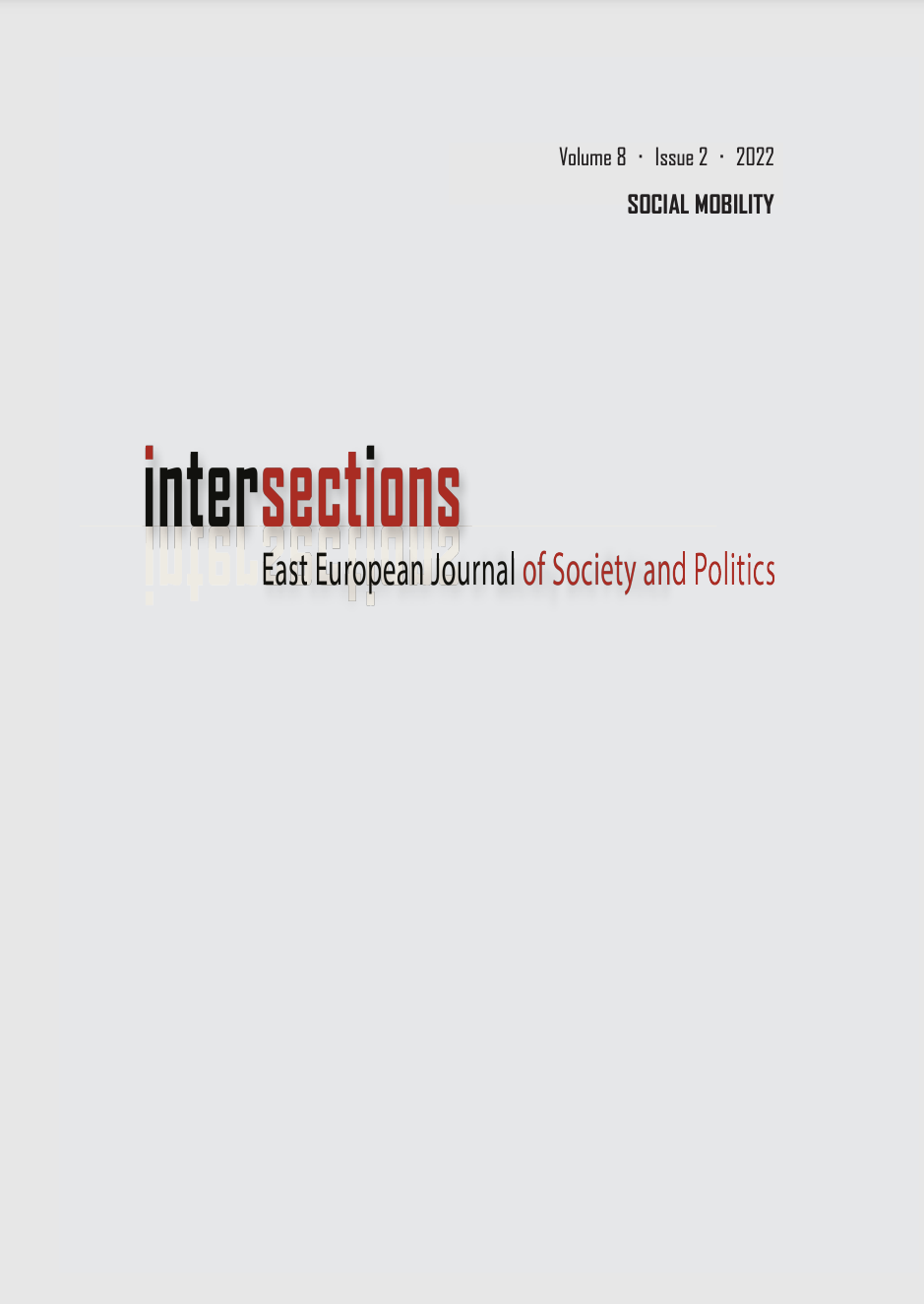Social selection step by step
The case of the Early Selective Grammar Schools in Hungary
DOI:
https://doi.org/10.17356/ieejsp.v8i2.848Keywords:
secondary school, school choice, tracking, self-exclusion, entrance exam, educational inequalitiesAbstract
The article scrutinises the application process and its consequences in terms of educational inequalities in early selective grammar schools in Hungary. The focus is on the almost one-year-long process of preparation for the entrance exams to these grammar schools. Its main aim is to depict how the gradual nature of getting into secondary education intensifies social selection within the educational sector. The analysis is based upon the findings of a mixed method research, of which the results of the two waves of the survey and the consecutive interviews will be analysed.
The article provides evidence of successful practices during the preparation process to these schools, as well as evidence of self-exclusion mechanisms for socially disadvantaged families. Overall, the results suggest that the most important selection factors are not the written or oral entrance exams themselves, but the decision to enter and remain in the preparation process, as well as the strategic decisions made by the parents during the preparation process.

Downloads
Published
How to Cite
Issue
Section
License
Copyright Notice
Authors who publish with this journal agree to the following terms:
Authors retain copyright and grant the journal right of first publication, with the work three months after publication simultaneously licensed under a Creative Commons Attribution License that allows others to share the work with an acknowledgement of the work's authorship and initial publication in this journal.
Authors are able to enter into separate, additional contractual arrangements for the non-exclusive distribution of the journal's published version of the work (e.g., post it to an institutional repository or publish it in a book), with an acknowledgement of its initial publication in this journal. This acknowledgement is not automatic, it should be asked from the editors and can usually be obtained one year after its first publication in the journal.



